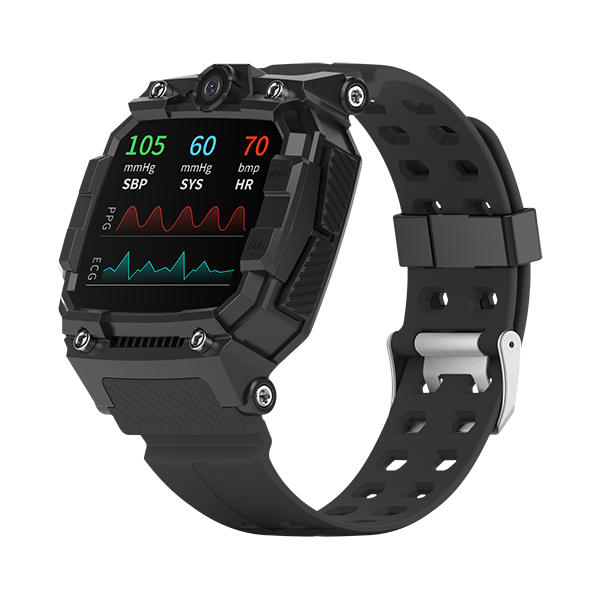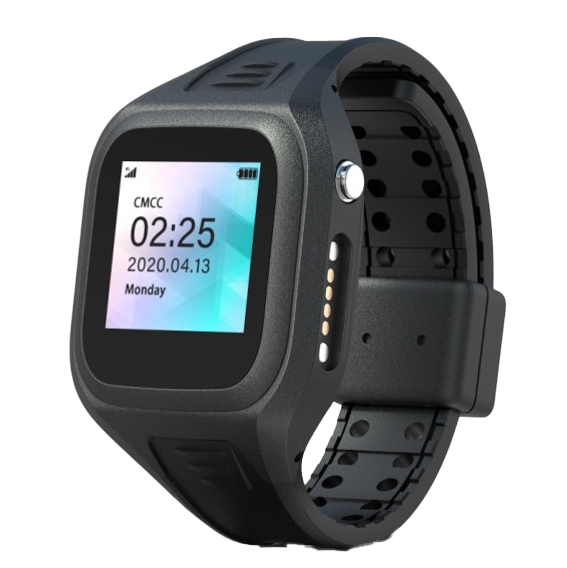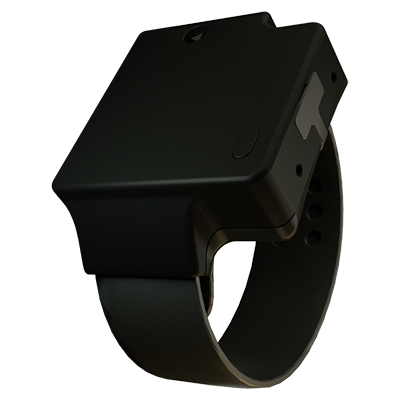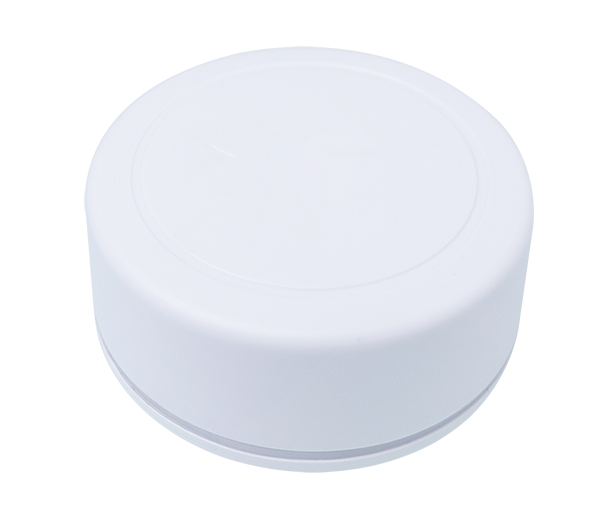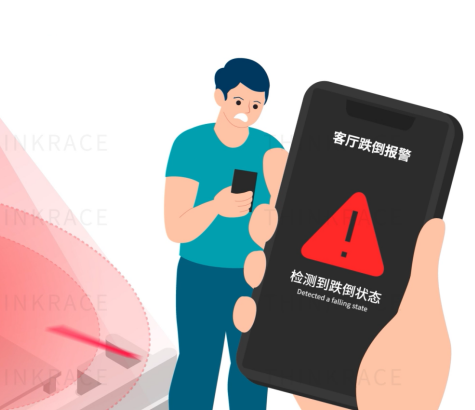The fall detection algorithm of the Apple atch Exploring the implementation of smartwatch fall alerts
Recently, an amusing incident has garnered widespread attention within the industry. The news titled “Apple Watch’s Fall Detection Feature ‘Misbehaves,’ Interrupting Spielberg’s Speech” has caught many eyes. Renowned director Steven Spielberg, known for his work on movies such as “Jurassic Park” and “A.I. Artificial Intelligence,” was delivering a spirited lecture at a seminar, using his body language to emphasize his points. At one point, his Apple Watch mistakenly triggered a fall alert, interrupting his speech. To continue his presentation, Spielberg took off the watch and tossed it aside. Since the watch did not receive a response from the wearer, it initiated a countdown, preparing to automatically dial emergency services. Realizing the situation, Spielberg quickly picked up the watch and canceled the alarm.
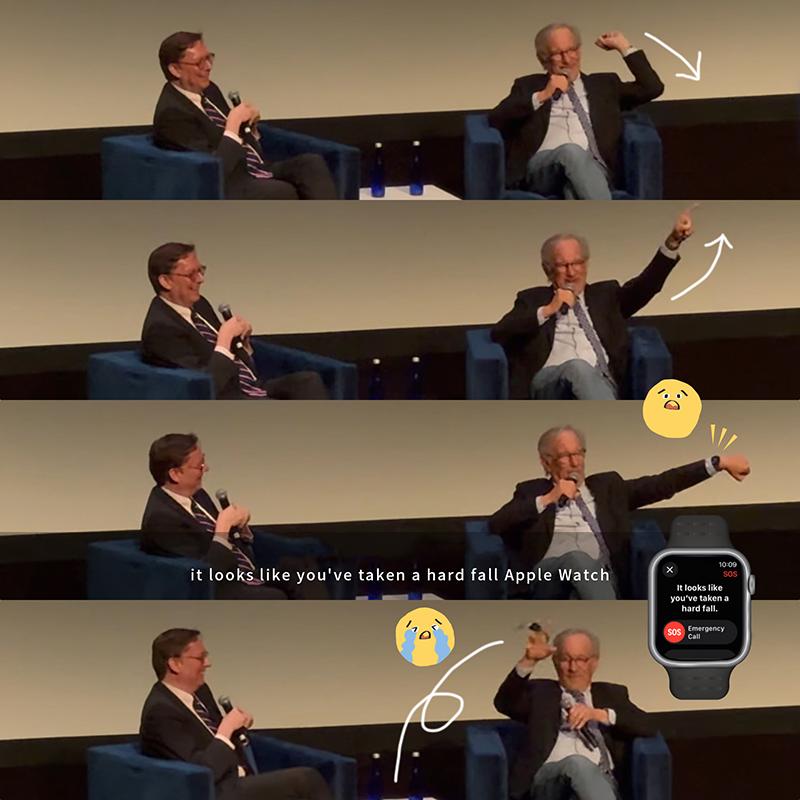
This small episode not only demonstrated the potential of smartwatches in safety monitoring but also exposed the challenges in their accuracy. As an international company specializing in smart wearable devices, ThinkRace immediately conducted an in-depth analysis.
ThinkRace is a company dedicated to the design, research and development, and provision of industry solutions for smart wearable devices. With profound technical accumulation and innovative capabilities, its products are recognized globally, especially in the fields of smart elderly care, sports health management, and industry positioning and safety monitoring. The products are distributed in more than ten countries across North America, South America, and the Middle East. In industry applications such as smart elderly care, intelligent construction site management, community correction (supervision of parolees), and mine and pit personnel management, ThinkRace leverages GPS/Beidou and wireless technologies to achieve comprehensive monitoring. They provide positioning and health data for the elderly, workers, and individuals on parole, effectively ensuring their safety and health.
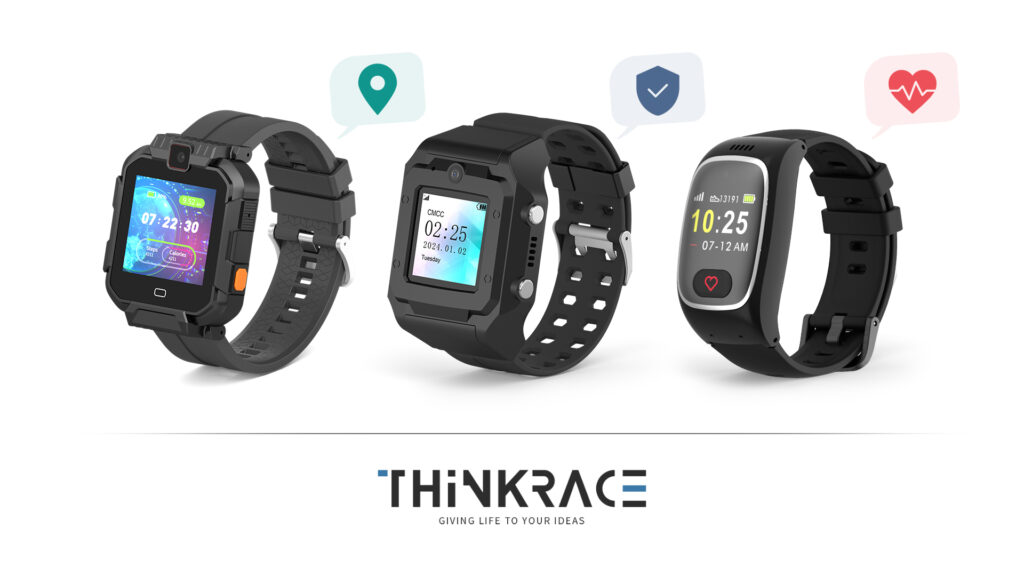
The fall alert function is crucial for the elderly and certain professional groups, as it can notify family members or emergency services in time during critical moments, preventing tragic incidents. However, smartwatches face the dual challenges of false alarms and sensor accuracy when implementing this feature. ThinkRace pays close attention to this issue and is committed to developing more accurate algorithms to reduce false alarms while ensuring timely alerts when truly needed.
For instance, the “misbehavior” of the Apple Watch, as analyzed by ThinkRace, is primarily due to the use of a three-axis accelerometer and gyroscope for fall detection. These sensors are highly sensitive to high-dynamic and large-range movements, so certain hand activities, such as the waving and arm-raising gestures performed by Spielberg, might be mistakenly interpreted as a fall. Additionally, the fall detection algorithm of the Apple Watch is developed based on extensive data collection and analysis, aiming to recognize falling movements. However, the algorithm may not be perfect and sometimes may incorrectly interpret certain movements as a fall.
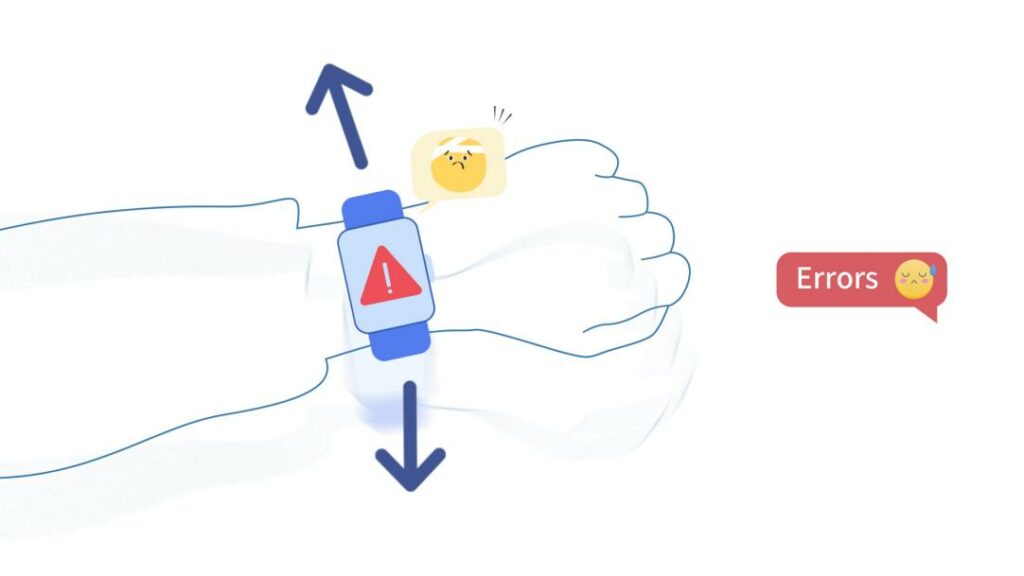
ThinkRace’s smartwatches are capable of implementing a fall detection algorithm similar to that of the Apple Watch, which meets the needs of most industry applications, such as elderly safety and health monitoring, as well as worker safety and health monitoring. Building on this foundation, ThinkRace has also conducted research on new sensors and algorithms. For example, if the person being cared for wears a smartwatch and simultaneously wears a sensor on their waist, the fall alert will be more accurate. Considering that hand gestures are very diverse, and the intensity and speed often exceed the posture of the body, making it difficult to accurately determine whether the wearer’s body has fallen. The movements and movements of the waist are more reflective of body posture changes compared to the hands, making the determination of a fall more accurate. Of course, this approach will add a new device, and ThinkRace typically uses Bluetooth to communicate between the waist sensor and the smartwatch. This solution can be used for industry applications with higher requirements for fall alerts.
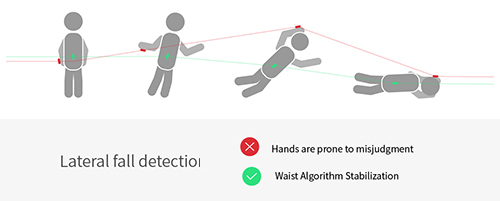
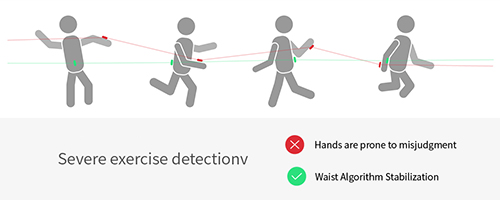
ThinkRace’s R&D team is also researching machine learning algorithms and AI, aiming to further reduce the false alarm rate by analyzing the user’s activity patterns through artificial intelligence.
The goal of ThinkRace is to provide a smartwatch that is both accurate and user-friendly. It should be able to respond quickly in emergency situations while minimizing interference in daily life. When a fall is detected, the watch will automatically initiate an emergency response mechanism, which includes notifying emergency contacts, sending location information, and dialing emergency services, ensuring the user’s safety and health are protected to the greatest extent possible.


